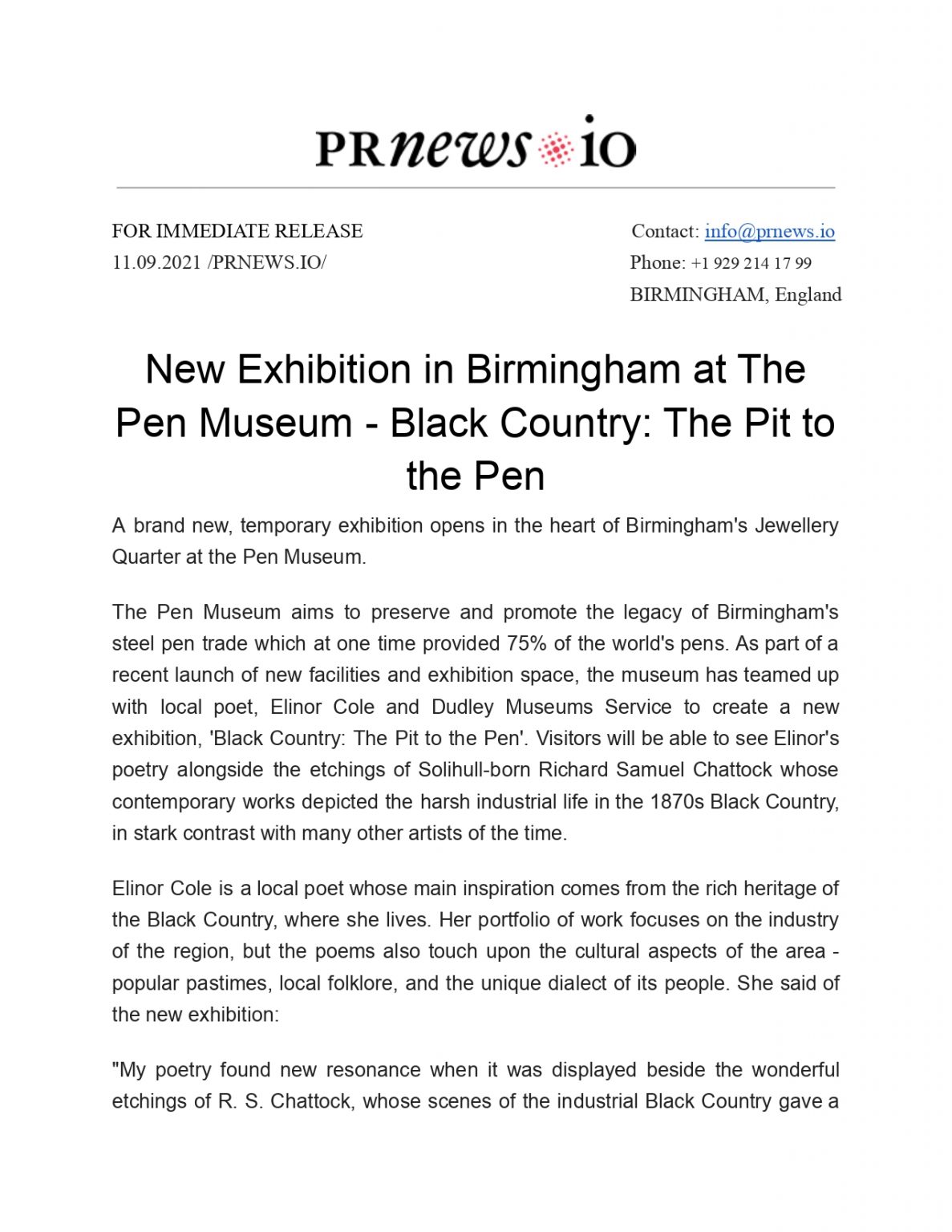Promotional image
The graphic design in the movie Paterson is excellent for when you feel all the details are getting overwhelming and need the inspiration to focus on one important aspect. The visual storytelling in Paterson can help when the noise inside your head gets too loud, and you need to find your creative workflow back shazam casino no deposit bonus 2025.
Renowned prop master for The Grand Budapest Hotel, Robin Miller, had the pink Mendl’s boxes printed from a specialist in Berlin for the movie. Almost every scene in the 1930’s chapter in the film used these boxes in some way. The lettering was done by hand on every single one of these boxes, which is why when Robin Miller wrote the wrong spelling of patisserie on the boxes, no digital spellchecker corrected him.
Like Martin T. Charles alluded to in his final thoughts, graphic designers do sometimes get it wrong, and it does show. One of Annie Atkins’ classic stories was shared during a lecture at the 2017 AIGI Design Conference. It’s from the production of The Grand Budapest Hotel and involves one of the film’s most iconic props.
Release art
In particular, ART applies principles #2 (apply systems thinking) and #10 (organize around value) of proper SAFe practice. Ultimately, applying systems thinking and creating value for delivery are key components in ensuring that ART, and ART teams in particular, can succeed in delivering real change for the company.

In particular, ART applies principles #2 (apply systems thinking) and #10 (organize around value) of proper SAFe practice. Ultimately, applying systems thinking and creating value for delivery are key components in ensuring that ART, and ART teams in particular, can succeed in delivering real change for the company.
Embrace the power of Agile Release Train with Teamhub, the collaboration platform that’s transforming the way small teams work. Start building a more connected and efficient workspace today. Start your free trial and join the thousands of companies enhancing their productivity through our centralized hub for Projects and Documentation. Let Teamhub be the single hub for your entire team’s success.
The term “release train” refers to releasing a product or service incrementally and iteratively. It’s like a train that continuously and predictably moves to its destination, with some stops on the way. An Agile release train (ART) enables teams to work together quickly and efficiently to deliver a product or service.
ART promotes productivity and efficiency by enabling teams to work in a synchronized manner. With aligned goals and a shared understanding of priorities, teams can focus on delivering value, minimizing time wasted on conflicting objectives or duplicated efforts.
At the end of the day, Agile is about delivering value—not just checking off tasks. ARTs are structured around value streams, ensuring that every effort, every sprint, and every deliverable contributes directly to customer satisfaction and business goals. This alignment between execution and strategy is what sets high-performing ARTs apart.
Vintage graphic
Vintage graphic design is a term used to refer to the style of artwork from the late 19th to early 20th centuries. This era saw graphic design come into its own, with a focus on creating visually interesting compositions that could communicate complex ideas in an effective way. Vintage graphic design pieces often featured bold colors, intricate patterns, and a variety of typographic styles.
“Retro style is a style that is imitative or consciously derivative of lifestyles, trends, or art forms from the historical past, including in music, modes, fashions, or attitudes. It may also be known as “vintage-inspired”.” (Wikipedia).
Art Deco manages to balance masculine and feminine qualities well, making it a great choice for people looking for something less floral and traditionally ‘pretty’ for their wedding stationery. These wedding invitations show just how minimal, glamorous, and beautiful the Art Deco style can be.
Note how lots of brands now targeting the millennial market are looking to the design styles of the nineties to make their products appear more nostalgic. The theory goes, if you loved wearing a velvet choker circa 1995, you’ll be more likely to buy into the trend again 20 years later.
Theatrical artwork
The house, brimming with spectators, is a testament to the allure of the live theatre experience. Audience participation and the energy of being part of an event as it unfolds live is unique to this art form.
Behind the scenes, theatre is a complex art form rooted in ancient traditions that continue to evolve. The foundations of theatre art were laid in Greece, but throughout history, it has adapted to reflect the changing tastes and cultural narratives of societies around the world. Modern theatre continues to explore new narratives, methods, and technology, thus constantly redefining the boundaries of performance and audience engagement. This persistent transformation keeps theatre a relevant and dynamic form of cultural commentary and creative expression.
In a theatre production, the hierarchy of roles from the director to the stage manager orchestrates the ensemble of actors and actresses to breathe life into the performance. The theatre company encompasses a collection of individuals, each with specialized tasks, managed and unified by the director to achieve a coherent vision.
Her focal points of interest in art history encompass profiling specific artists and art movements, as it is these areas where she is able to really dig deep into the rich narrative of the art world. Additionally, she particularly enjoys exploring the different artistic styles of the 20th century, as well as the important impact that female artists have had on the development of art history.
Contemporary theatre reflects a vibrant evolution that intertwines technology, cultural discourse, and innovative formats. It continues to adapt, pushing the boundaries of traditional theatrical production and subject matter to resonate with modern audiences.
